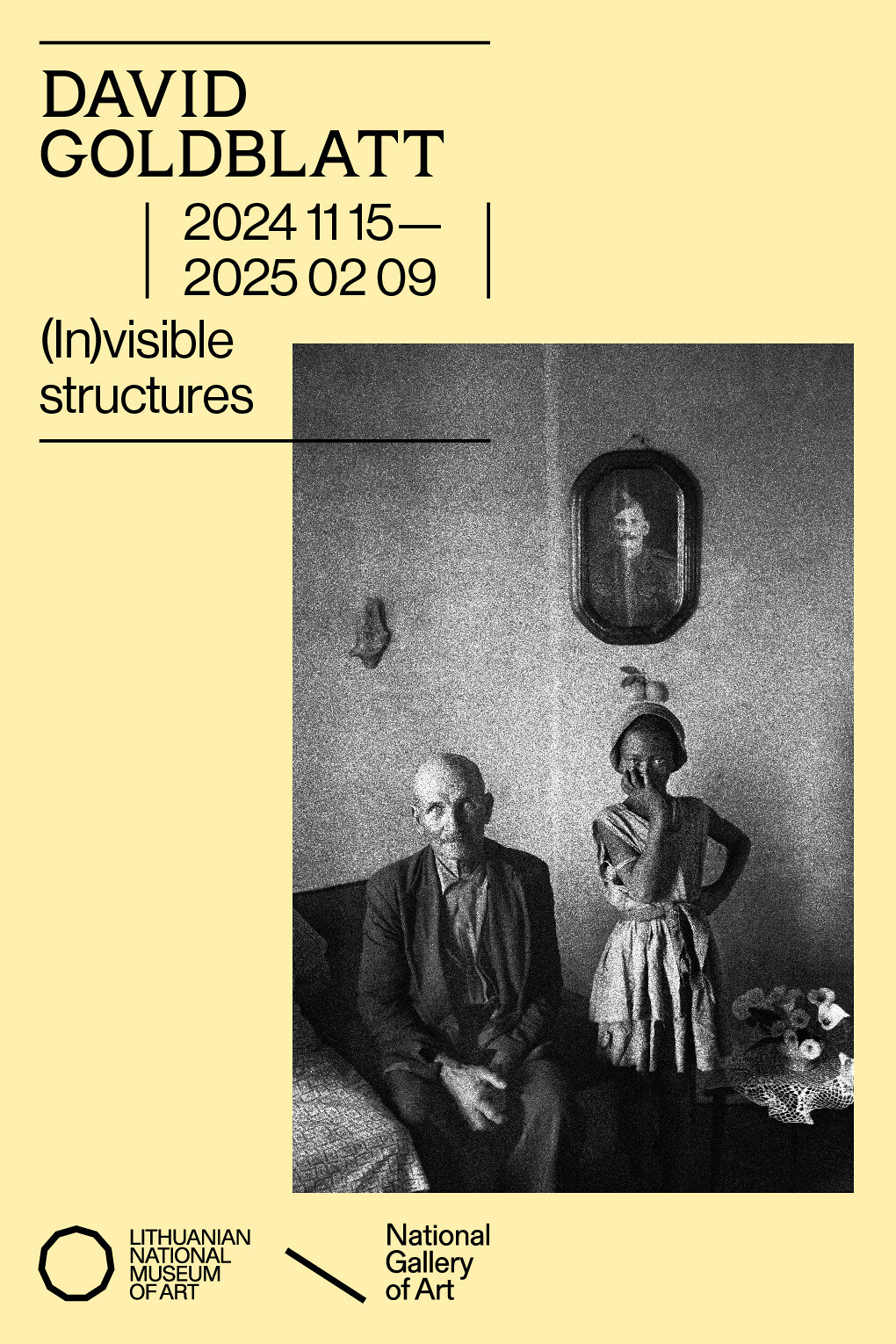Rosso. The Transient Form
September 22, 2007 – January 6, 2008
Curated by: Paola Mola and Fabio Vittucci
Peggy Guggenheim Collection
701 Dorsoduro, 30123 Venice, ITALY
phone +39 041 2405411
fax +39 041 5206885
email info@guggenheim-venice.it
Opening hours: daily 10 am to 6 pm
(closed on Tuesday and December 25)
www.guggenheim-venice.it
“Those who know some of Rosso’s wonderful waxes reminiscent of arts from lost civilisations, purged sensations, precious fragments that appear to rise up from violated tombs, from destroyed and burnt cities, from collapsed palaces”
Mario Marasso, “Il Marzocco”, 23 October 1904
From 22 September 2007 to 6 January 2008 the Peggy Guggenheim Collection is showing ROSSO: THE TRANSIENT FORM. The exhibition, curated by Paola Mola and Fabio Vittucci, traces the rediscovery of the complex contemporary aesthetics of Medardo Rosso through sculptures, waxes, plasters, bronzes, photos and previously unseen documents. The project has been realised in association with the Museo and Archivio Medardo Rosso in Barzio (Lecco), which houses the entire legacy of the sculptors works and archive, bequeathed in its entirety to his great-granddaughter, Danila Marsure Rosso.
Rosso (Turin, 1858 – Milan, 1928) is a renowned artist, widely studied and firmly consolidated in the European scene of late 19th-century sculpture as a precursor of modernity. And yet Rosso remains unknown for the most significant part of his production. The systematic and detailed scrutiny of documents, papers and letters from the archive, instigated by Danila Marsure Rosso a few years ago and carried out by Paola Mola and Fabio Vittucci, with further research in Italy and abroad, has opened new unexpected horizons that go against the perceived image of the ‘Scapigliatura’–Impressionist sculptor. By nature Rosso was a hidden talent: he skilfully concealed all of his photographic work, he exhibited his most treasured works, such as Madame X or Yvette Guilbert, more than fifteen years after their creation and, like Marcel Duchamp, destroyed all of his correspondence at the end of his life. From the very start of his career he cleverly manipulated his biography, contributing to the definition of an unequivocal view of his art accepted unquestioningly by historiography to the extent that the entire 20th-century output of his creative energy has remained unheard of until now.
The exhibition at the Peggy Guggenheim Collection aims to support the huge endeavour of restoring the sculptor to the complexity of his past, making not only the general public and scholars, but also the contemporary art world, aware of him as a participant of the emerging panorama, helping them find in Rosso’s artistic practices unimagined consonances and opportunities for reflection. The decision to exhibit a selection of 24 documented sculptures, including Madame X (wax on plaster, 1896), Yvette Guilbert (glazed plaster, 1895), La Rieuse (wax, 1890) and Bambino malato (wax, 1889), reveals the complex task of dating and reconstructing Rosso’s artistic production. Time was of little consequence to Rosso: sometimes the artist himself would get the dates of his works muddled up, as though for him the work were a fluid thing that would last a lifetime in sculpture or in photography.
On a specifically historiographic level, a lot of new information has emerged that will put an end to debated questions in the world of 20th-century art, such as the dating of Madame X; events will be clarified, such as the fate of Impressione domnibus, which had a very different end to that of its destruction on a journey to Venice in 1887, or the fate of the large Paris la Nuit plaster. Furthermore, his photographic work is given prominent space in the exhibition, with almost 100 photos coming from the Archivio Rosso, complementing Paola Molas latest work Rosso: Trasferimenti, which considers the question, central in contemporary art, of the relationship between Sculpture and Photography.
The most important premise of this exhibition is to clarify the aesthetic quality of Rosso’s production with the presentation of incontrovertibly signature works, whose history will be reconstructed from their conception, drawing on the studies and research carried out for the Catalogo dell’opera documentata backed by the Archivio Rosso and in an advanced stage of development. A catalogue accompanies the exhibition with essays by Paola Mola and Fabio Vittucci, published by SKIRA, Milan.
The exhibition is made possible by CORRIERE DELLA SERA and REGIONE DEL VENETO. A special thank to Art Forum Wurth.
Press Office:
Peggy Guggenheim Collection
Tel. +39 0412405404; press@guggenheim-venice.it

